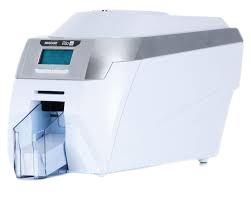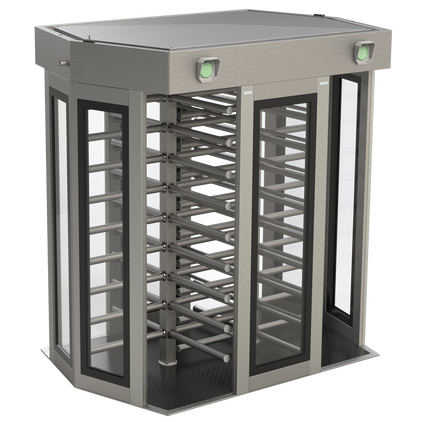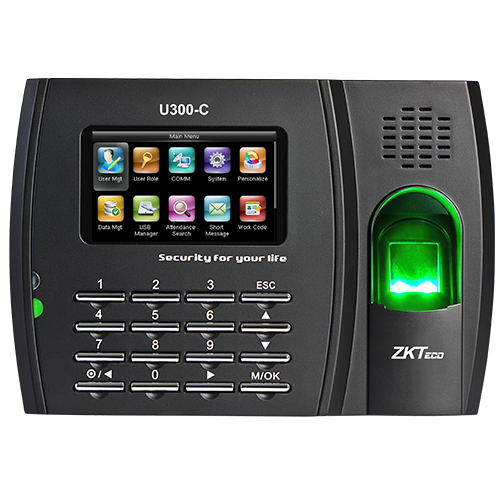Warehouse Management
What is Warehouse Management?
Warehouse management includes the principles and processes related to the day-to-day operation of a warehouse. At a high level, this includes securing and organizing warehouse space, workforce planning, inventory management, and order fulfilment. As you get closer, you’ll see that effective warehouse management involves optimizing and integrating each of these processes so that all aspects of a warehouse operation can work together to increase productivity and reduce costs.
Benefits of Warehouse Management:-
warehouse operations are not normally visible to customers, but play an important role in ensuring on-time delivery.
To achieve this goal, good warehouse management ensures all warehouse processes run as efficiently and accurately as possible. For example, warehouse management involves optimizing the use of warehouse space to maximize inventory storage; making inventory easy for staff to find; ensuring adequate staffing; efficiently fulfilling orders; and coordinating communication with suppliers and transportation companies so materials arrive and orders ship on time.
The benefits of good warehouse management—namely fast, high-quality service at low cost—can ripple out to the entire supply chain, strengthening relationships with suppliers as well as customers.
But given the many elements involved, optimizing warehouse management can be a complex task. That’s why many organizations are turning to warehouse management systems for help.
Products

ID Cards Printers

Assets Management

Warehouse Management

Time Attendance Software

Printers
What is a warehouse management system?
The Warehouse Management System (WMS) is a software solution designed to simplify warehouse management. Often offered as part of an integrated suite of enterprise resource planning (ERP) business applications, WMS can support and simplify all aspects of warehouse management. For example, WMS can:
Uses data and automation to analyse demand, forecast sales, and create effective daily operational plans.
provides real-time inventory location and quantity information.
Improve the efficiency of business operations by sharing data with other ERP modules or standalone software products such as accounting software and transportation management solutions. Track and report performance to better understand the performance of your
warehouse and where you can improve your warehouse geolocation and optimize space. Use
predefined rules to create step-by-step instructions that guide users through routine processes such as order taking, picking, and packing.